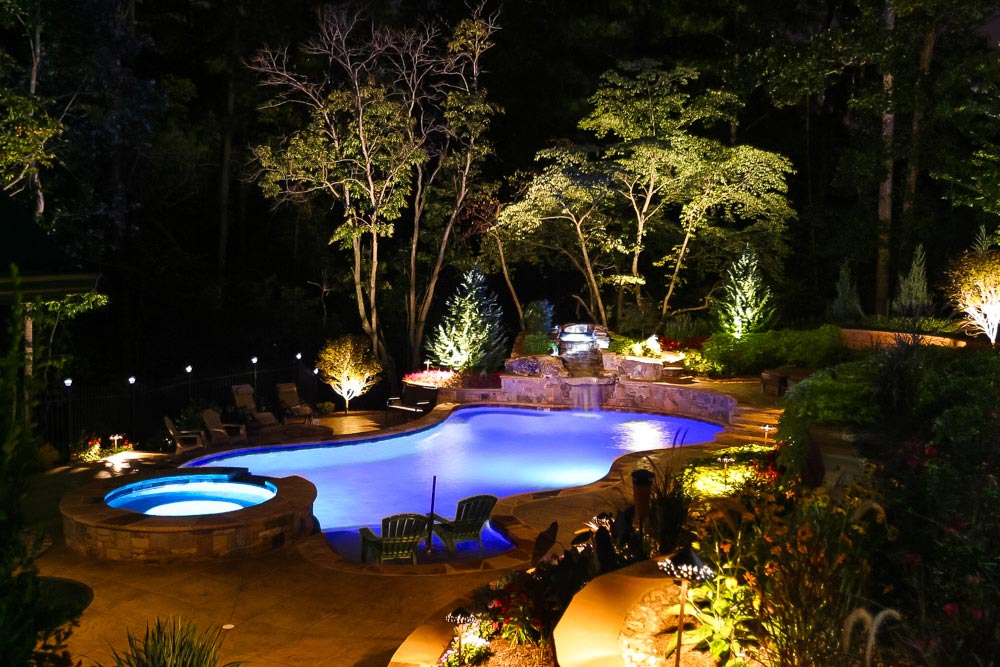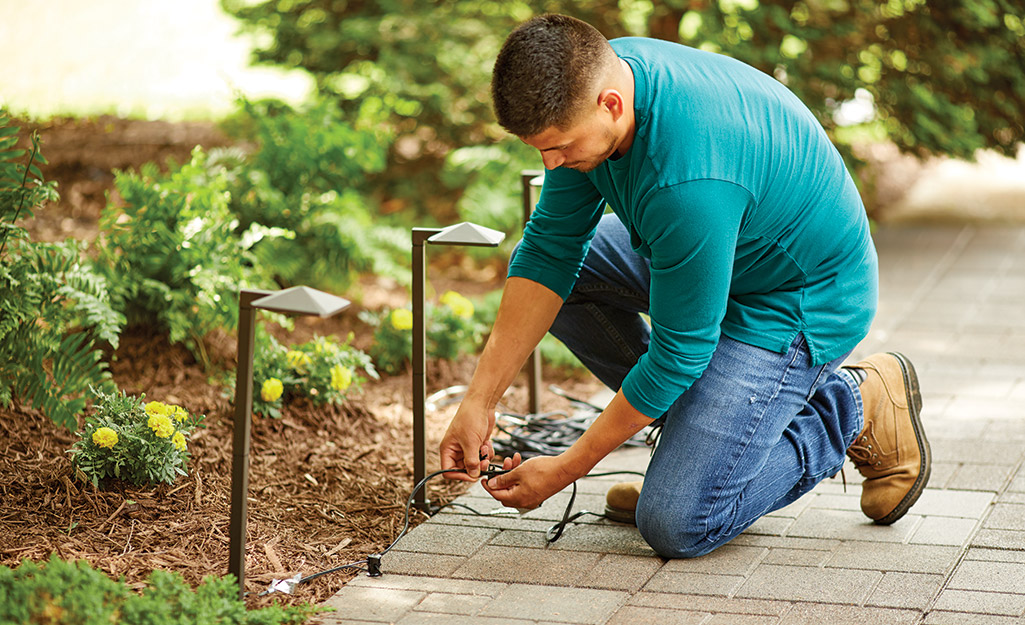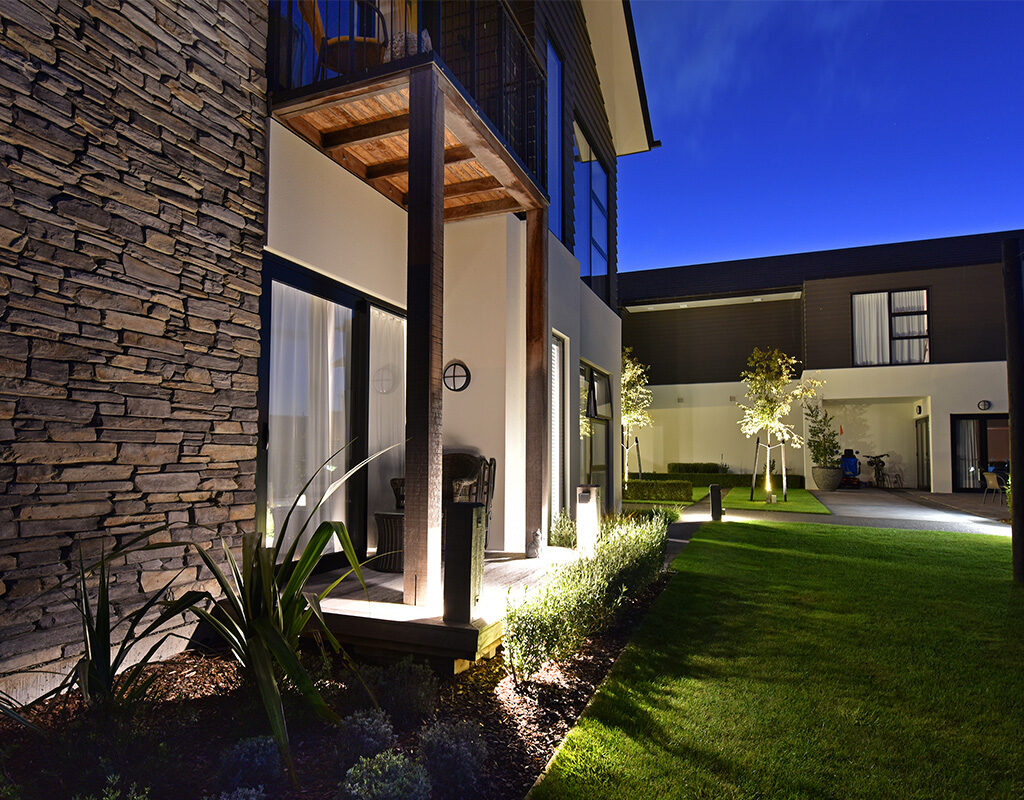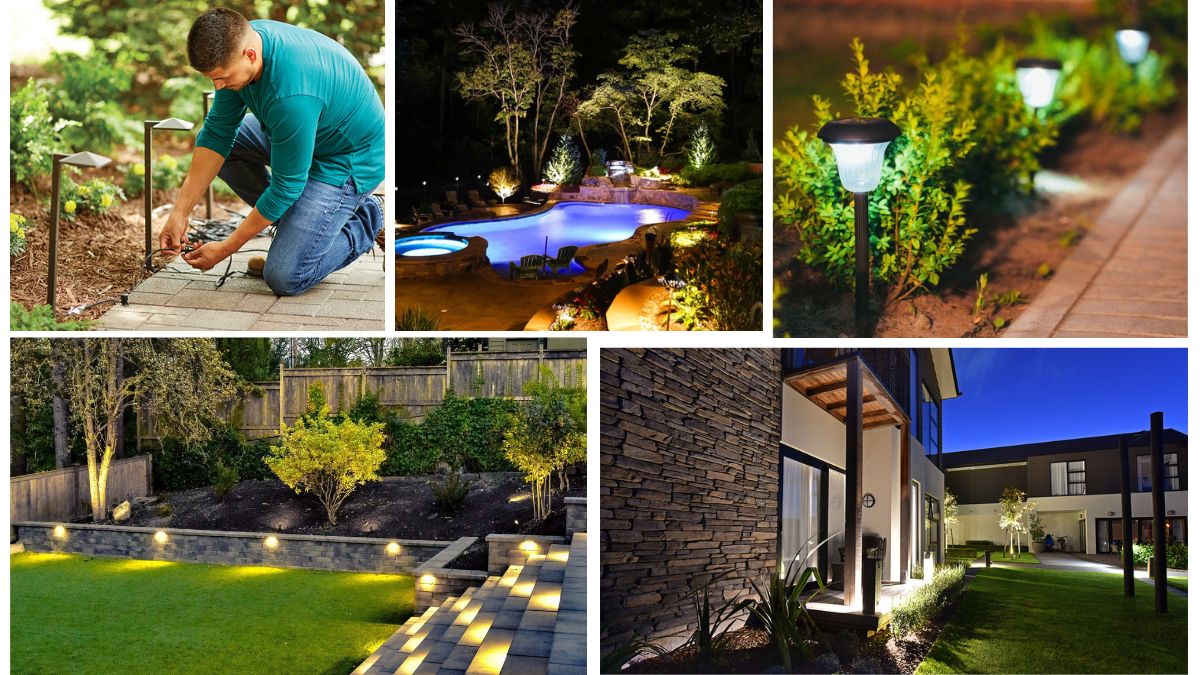Outdoor lighting plays a crucial role in enhancing the beauty, safety, and functionality of any property. Whether you’re illuminating a walkway, highlighting a garden feature, or creating an inviting ambiance for evening gatherings, a well-thought-out outdoor lighting plan can dramatically transform your space. However, designing and installing outdoor lighting isn’t just about placing a few lights here and there—it involves careful planning, technical considerations, and often, the professional guidance of a licensed electrician.
In this article, we’ll walk you through how to plan your outdoor lighting step-by-step—with valuable input from experienced electricians—to ensure your setup is not only stunning but also safe, efficient, and code-compliant.
Why Involve an Electrician in Outdoor Lighting Planning?

Before diving into the process, it’s essential to understand why involving a licensed electrician is not just smart but necessary. Outdoor lighting involves electrical wiring, voltage calculations, weatherproofing, load balancing, and often, adherence to local building codes. An electrician ensures:
- Safe wiring and weatherproof connections
- Proper transformer and voltage selection
- GFCI (ground-fault circuit interrupter) installation for safety
- Compliance with electrical regulations
- Energy efficiency and durability
Electricians also help avoid costly mistakes and improve the longevity of your system. Now, let’s explore the planning process with their input.
Step 1: Define the Purpose of Your Outdoor Lighting

Before selecting fixtures or mapping wiring routes, clarify what you want to achieve with your outdoor lighting. Electricians recommend breaking lighting goals into four main categories:
- Safety and Security: Lights that illuminate dark corners, driveways, entrances, and stairs to prevent accidents and deter intruders.
- Functionality: Task lighting for outdoor kitchens, patios, or decks to allow safe and comfortable use after dark.
- Aesthetic Appeal: Accent lighting for trees, sculptures, water features, and architecture to create a dramatic effect.
- Wayfinding: Pathway lighting to guide visitors from the gate to the door or through your garden without stumbling.
Working with an electrician at this stage helps prioritize areas for lighting and ensures the layout supports both aesthetics and safety.
Step 2: Map Your Outdoor Space
Create a scaled drawing of your outdoor space, including your house, garden beds, walkways, patio, pool, fences, and existing power sources. Use this map to:
- Identify lighting zones
- Determine light fixture locations
- Plan wire paths and transformer placement
Electricians often use professional tools and software to simulate lighting coverage and detect shadow zones. They’ll consider elevation, foliage, and surface textures to ensure even illumination and avoid glare.
Step 3: Choose the Right Lighting Fixtures

Choosing outdoor lighting isn’t only about style—it’s about function, durability, and efficiency. An electrician will help you select the right fixture types for each purpose:
- Wall-mounted lights: Ideal for entryways and garage areas
- Floodlights: High-powered lights for security zones
- Path lights: Low-voltage lights along walkways
- Spotlights: To highlight specific features like trees or fountains
- Step lights: For staircases or changes in elevation
- String or ambient lights: To add mood and charm to social areas
Ensure all fixtures are UL-rated for outdoor use, preferably IP65 or higher for weather resistance. Your electrician can recommend fixtures that handle harsh weather and maintain brightness over time.
Step 4: Plan the Electrical Layout and Load Requirements

This is one of the most critical steps where an electrician’s expertise shines. The professional will:
- Calculate the wattage load for all fixtures
- Determine if your existing electrical panel can handle the additional load
- Install transformers (for low-voltage systems)
- Set up GFCI outlets for safety
- Plan wiring routes to avoid conflicts with landscaping or underground utilities
Electricians also help avoid voltage drop, a common problem in low-voltage systems when wires are too long or too thin. By properly gauging wire sizes and using loop or T-methods, they ensure consistent brightness throughout.
Step 5: Select Energy-Efficient Lighting
Modern outdoor lighting favors LED fixtures due to their long lifespan, low heat emission, and energy savings—up to 80% less energy compared to traditional bulbs. An electrician can help you:
- Choose dimmable LED options
- Integrate solar-powered lights where wiring is impractical
- Recommend fixtures with motion sensors and timers to save electricity
- Connect your lighting system to smart home platforms for remote control
An electrician will also assist with installing lighting controls in a weatherproof junction box or switch enclosure, keeping everything secure and easy to manage.
Step 6: Consider Automation and Smart Integration

Today’s outdoor lighting can go beyond manual switches. With smart technology, you can automate lighting to turn on at dusk, adjust brightness levels, or even sync with your security system. Electricians help integrate:
- Smart switches and dimmers
- Wi-Fi-enabled transformers
- Motion and dusk-to-dawn sensors
- Voice assistant compatibility (e.g., Alexa, Google Home)
This step enhances convenience and efficiency while giving you full control over your lighting setup.
Step 7: Ensure Safety and Code Compliance
Outdoor lighting must meet local building and electrical codes, especially regarding:
- Fixture height and placement
- Waterproofing and conduit use
- GFCI outlet installation
- Low-voltage vs. high-voltage separation
- Lighting near pools or water bodies
Your electrician will be familiar with these codes and can secure necessary permits, protecting you from future liabilities or the need for costly adjustments.
Step 8: Install and Test the Lighting System
Once everything is planned, your electrician will proceed with:
- Trenching and burying wires at safe depths
- Installing fixtures securely
- Mounting transformers and control boxes
- Connecting to the electrical panel
- Testing voltage output and light coverage
- Fine-tuning fixture angles and brightness
They’ll also provide tips on maintaining the system—such as periodic cleaning of lenses, replacing faulty LEDs, or checking wire insulation.
Step 9: Maintain and Update Regularly
Even a professionally installed lighting system needs periodic attention. Ask your electrician for a maintenance checklist, which may include:
- Cleaning lenses and housings
- Replacing damaged wires or fixtures
- Testing GFCI outlets
- Updating timers and smart settings with seasonal changes
You may also want to schedule annual inspections or explore new features like color-changing LEDs or new decorative fixtures to refresh your landscape’s look.
Conclusion
Outdoor lighting can transform your property into a stunning, safe, and functional space after the sun goes down. But achieving the perfect balance between beauty and safety requires more than just design sense—it demands technical expertise and careful electrical planning.
Working with a qualified electrician from the beginning ensures that your lighting system is safe, durable, and tailored to your goals. From choosing fixtures and managing load requirements to integrating smart technology and ensuring code compliance, their guidance is invaluable.
So, whether you’re upgrading your backyard for evening entertaining, boosting curb appeal, or enhancing home security, let an electrician light the way to your ideal outdoor space.





